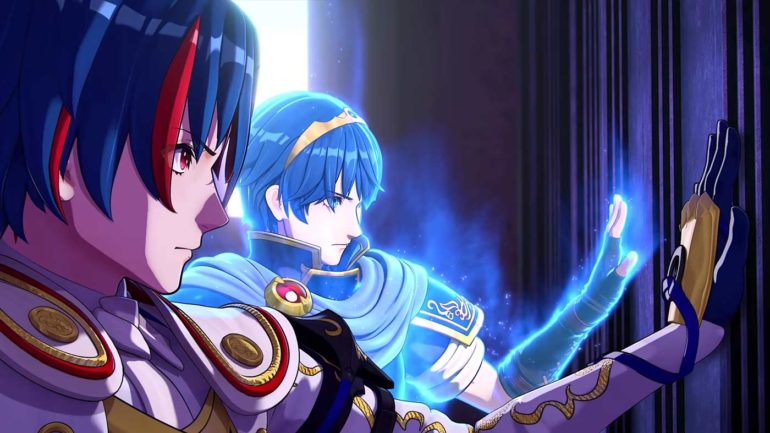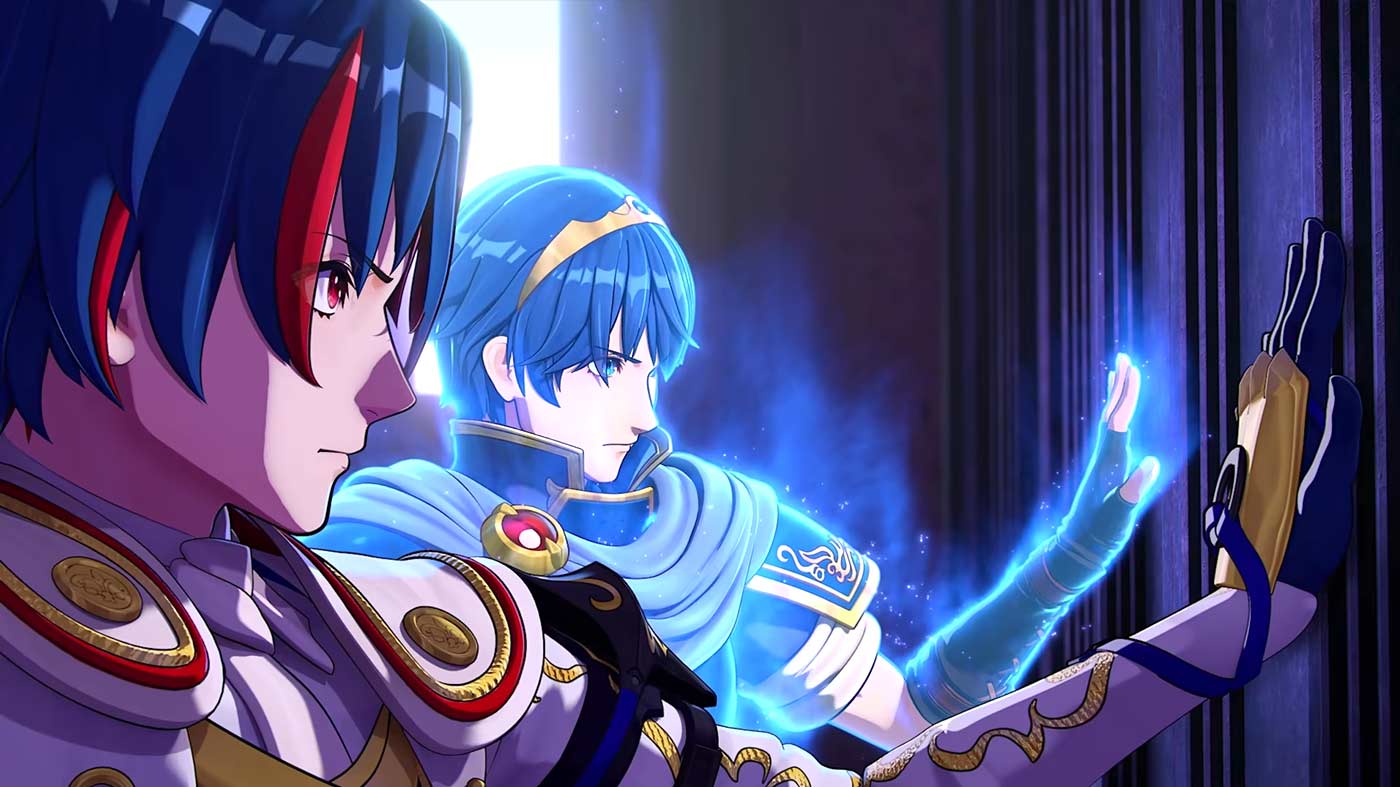It feels like yesterday that 2019’s Fire Emblem: Three Houses took the world by storm, quickly becoming the franchise’s best selling entry by a large margin, and propelling the series to new heights and popularity. It’s an entirely different style of Fire Emblem, bucking many of the trends and trappings that the series has heralded for so many years. It’s with this context that the pivot back to more traditional Fire Emblem in Fire Emblem Engage is a relatively strange one, omitting many of the changes and ideas brought to the table by Three Houses.
In a lot of ways, though, Fire Emblem Engage is exactly what series veterans have wanted more of since 2012’s incredible Fire Emblem Awakening. With a linear narrative, an amalgamation of new and old mechanics, and a premise that celebrates the franchise’s rich history, Engage is another addictively satisfying entry into this legendary series despite some glaring flaws.
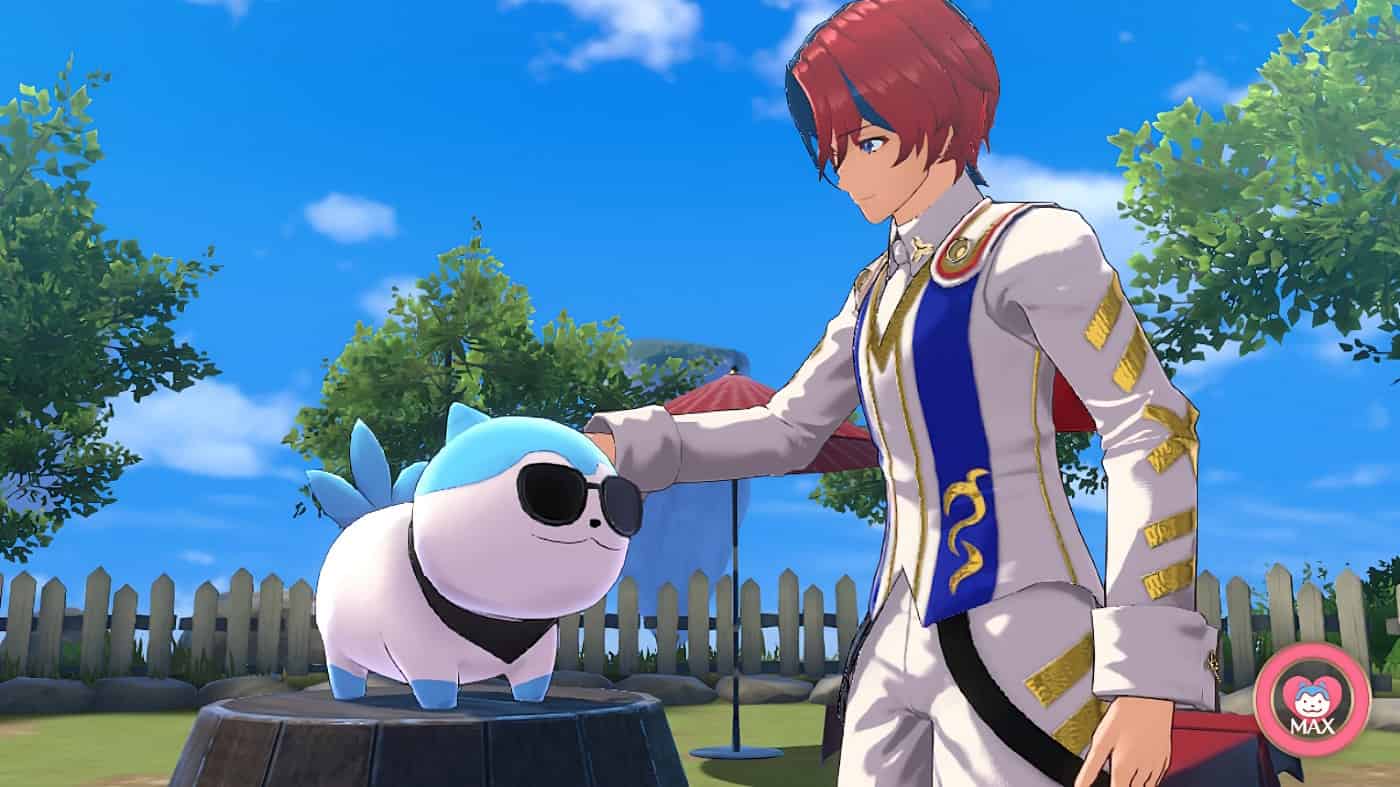
Fire Emblem Engage sees players stepping into the shoes of Alear, a male or female protagonist who also happens to be a Divine Dragon. Destined to thwart the opposing Fell Dragon’s plans of conquest and war, Alear must set out across the land of Elyos to gather the all-powerful Emblem Rings, and build up an army strong enough to take on Sombron and his army of corrupted foes.
I mentioned in my hands-on preview that the first third of the narrative wasn’t doing much for me, both in regards to its characters and plot beats. Unfortunately, this trend continued well into the second half of the game, with predictable twists, underdeveloped characters, and a cast of villains that felt somewhat forced and uninteresting. In spite of all this, though, the middle stretch of Engage eventually gives way to a third act that’s filled with unexpected revelations, meaningful character development, and heightened stakes that reinforce the core themes and ideas at the heart of Engage’s story.
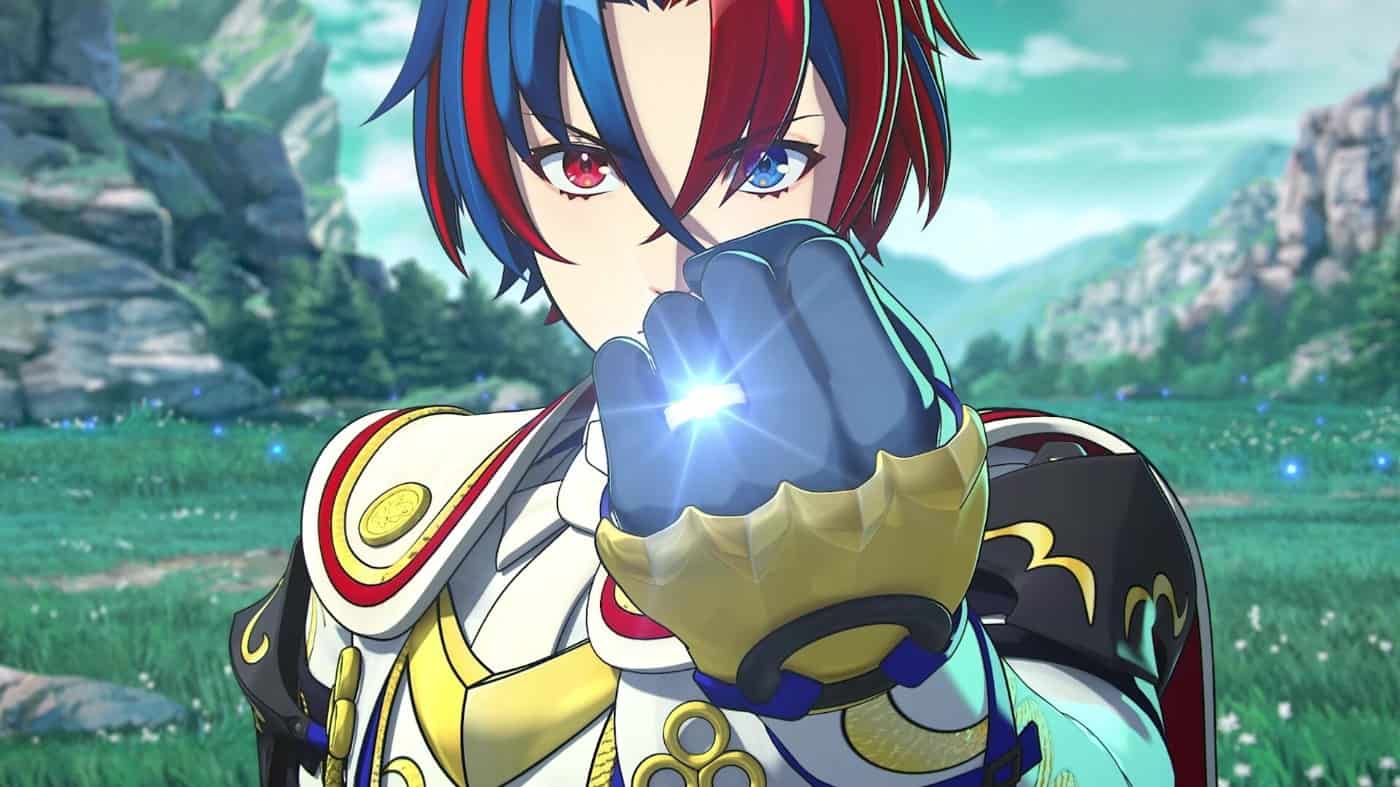
Villains who I’d initially found underwhelming presented more layers of depth to their characterisations and motives, Alear and their relationships with the Emblems and supporting cast became more profound, and there were moments of tension and emotion that had me hanging on every word. While it absolutely takes far too long to get going, I have no doubt that it’ll be Engage’s mostly excellent third act I remember its narrative by, not all the middling stuff that led up to it.
The inconsistent writing of the core narrative also extends to the support conversations between characters. For every eye-opening discussion between royalty of rivalling kingdoms, there’s another that lacks the same depth and thematic messaging. It often leaves the cast feeling uneven in terms of development and quality, making it easy to pick favourites as opposed to umming and ahhing over who to deepen your bond with next.
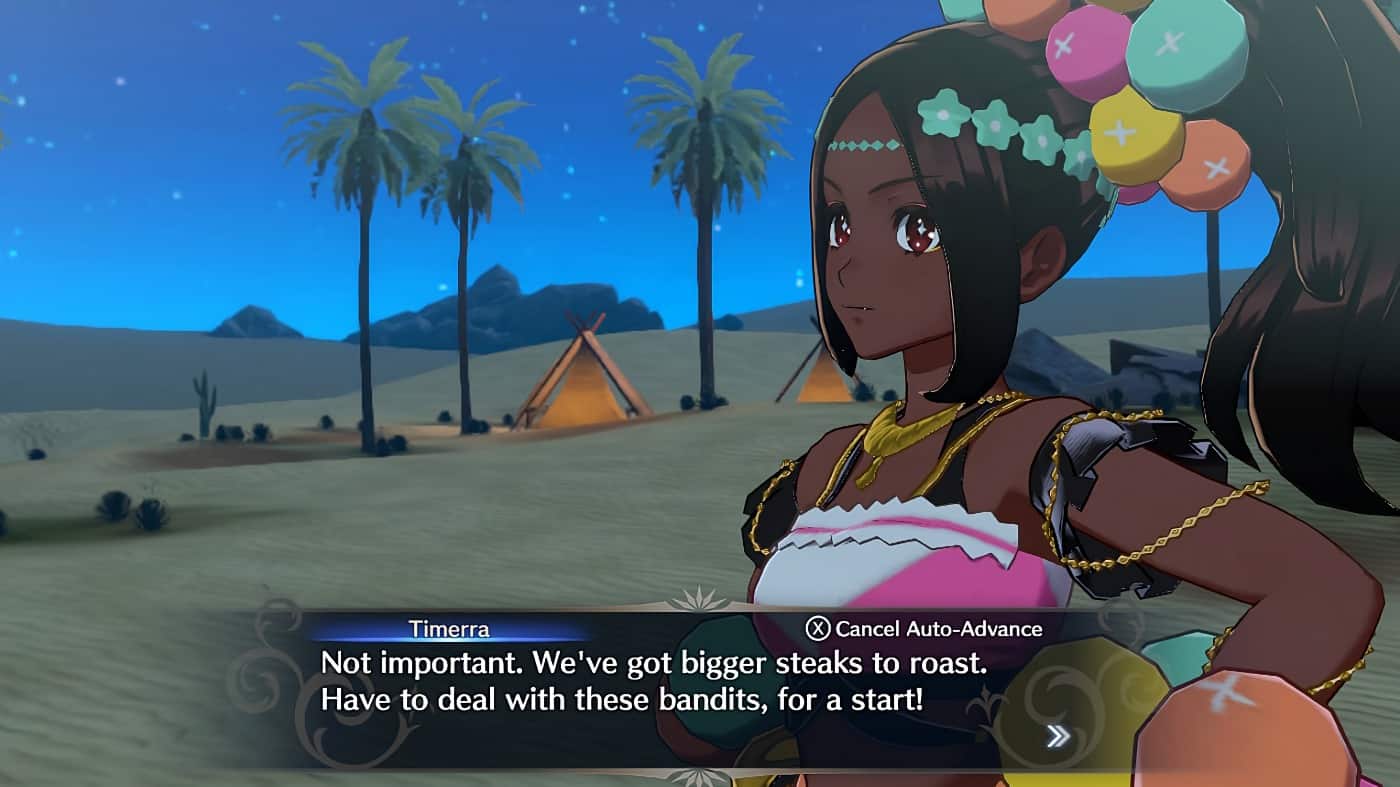
This is felt most sorely in the bond conversations with Emblem Rings, which are simple, two to three line exchanges that add nothing of substance to either character. It’s a shame given the legacy of these figures, and seeing them have at least one meaningful support relationship to develop between one of Engage’s new characters would’ve gone a long way to providing new perspectives and growth to established characterisations.
The turn-based tactics of Fire Emblem is where Engage excels the most, combining the franchise’s staple gameplay systems with new mechanics that further expand strategic depth and customisation. It feels most comparable to Awakening and some of the older titles as opposed to Fates or Three Houses, but I wouldn’t say that’s a bad thing. Most of this is thanks to the return of the Weapon Triangle, a focus on individual units, and efforts to make each class viable in the grand schemes of battle.
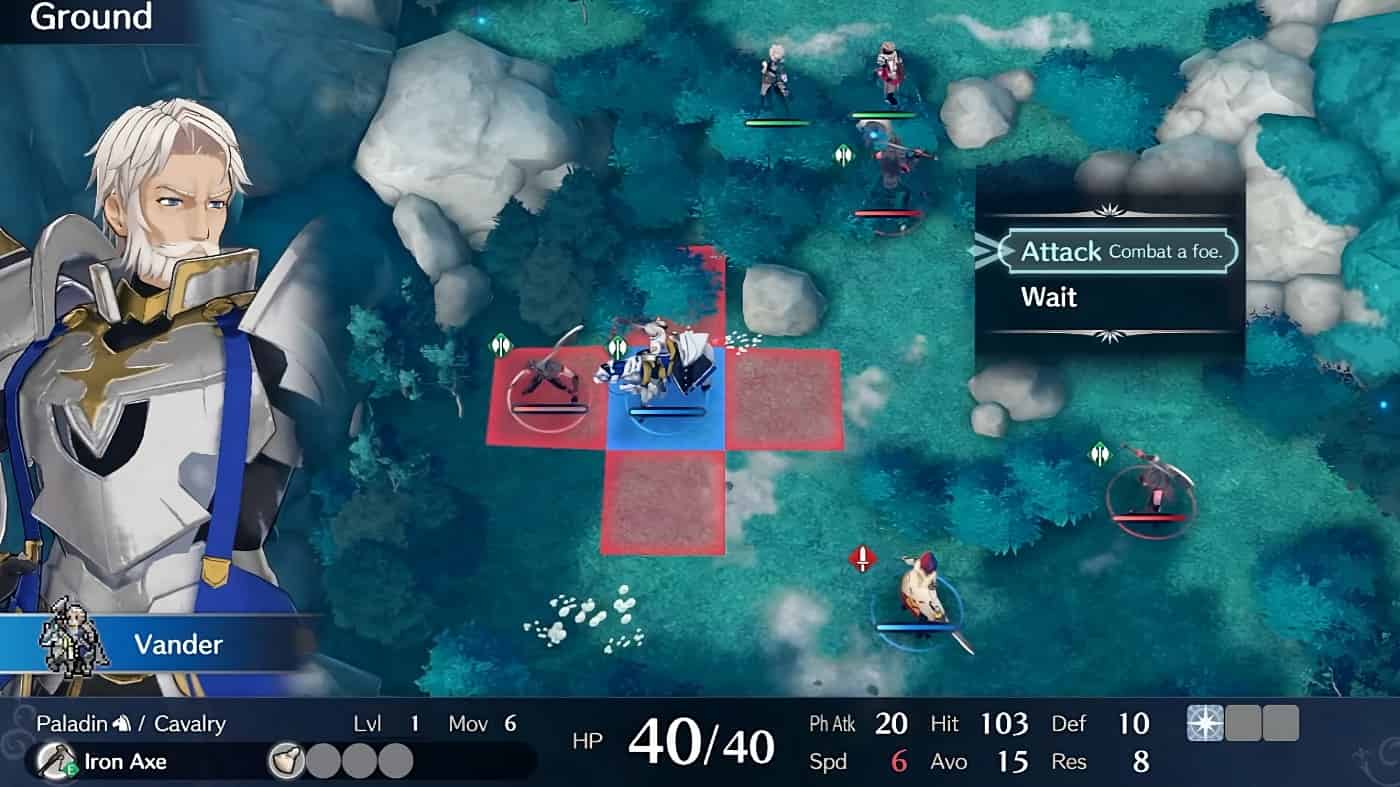
The Weapon Triangle’s return isn’t a tit-for-tat recreation, though. Fire Emblem Engage places a premium on exploiting enemy weaknesses through the Break system, where winning a matchup in the Weapon Triangle can Break an enemy’s stance. This prevents any further counter-attacks when engaged in battle, and makes the enemy unit more susceptible to damage. You can also inflict Break through smashing enemies into other units or terrain through heavy Smash attacks, which hit hard, but always act last.
These two systems alone add incentive to spend time planning before battles, deliberating over what units to bring with you into a fight, and where to place them on the map. Similarly, the Break and Smash systems incentivise smart play to get the most out of their inherent bonuses, forcing you to think about positioning, and turn order in a way that hasn’t been this present since Awakening. It echoes old-school Fire Emblem with some modern trimmings that feel like a natural progression of ideas synonymous with Fire Emblem’s strategy.
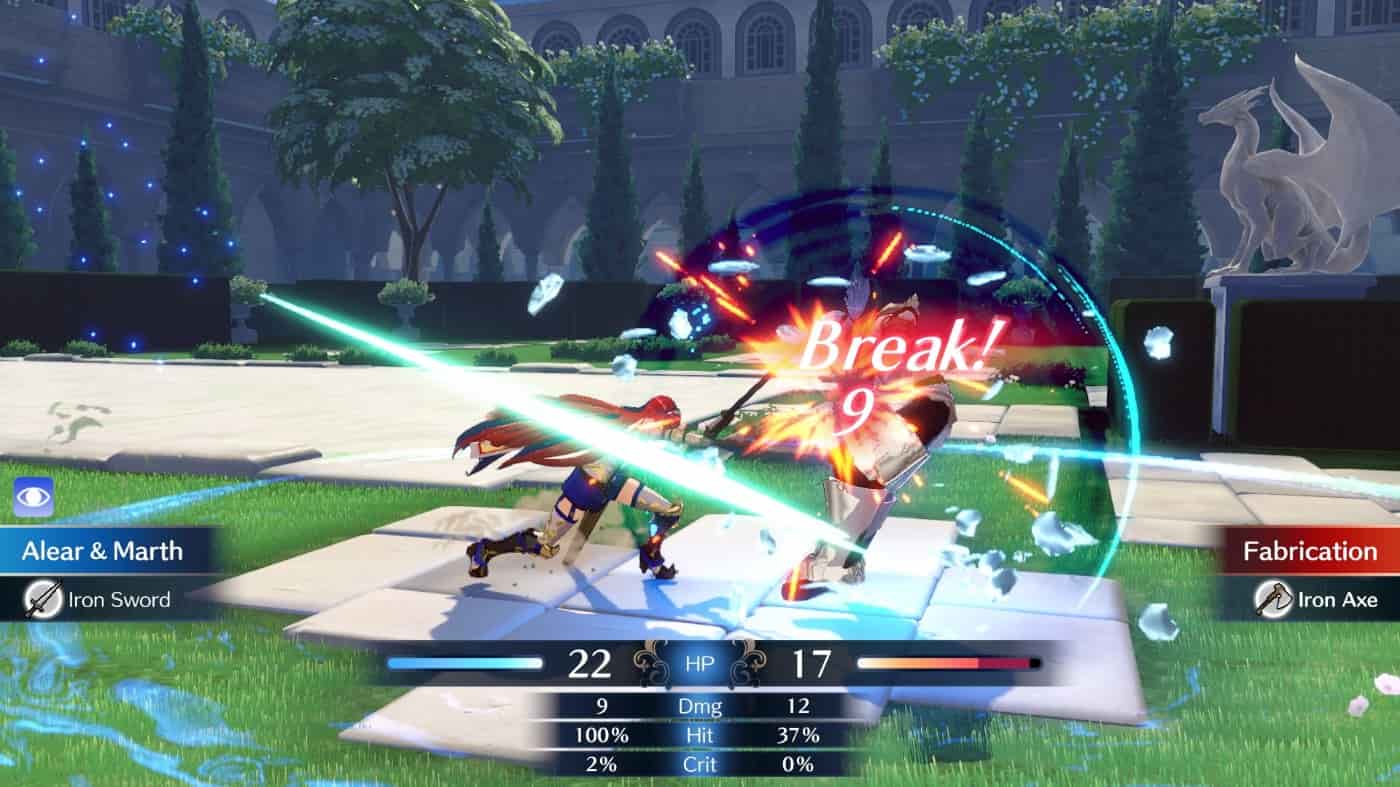
Where Fire Emblem Engage separates itself most, is with the titular Engage system. As you collect the Emblem Rings throughout the story, you can sync them with units in your army. Each Emblem Ring is tied to a legendary hero from Fire Emblem’s past, including fan favourites like Marth, Ike, and Corrin, as well as lesser known characters like Micaiah, Leif, and Eirika. Every mainline FE game is accounted for here, making for a game that feels like a true celebration of the franchise’s storied history.
Pairing Emblem Rings with units is no small decision, as these units gain access to passive skills, abilities, and increased stats that can all turn the tide of a battle if used properly. Ike, for example, is a defensive powerhouse, making him an ideal choice for any unit that specialises in defense. Likewise, Micaiah excels at healing and holy magic, making her perfectly suited for a healer/mage class hybrid. Each Emblem has a unique identity in the broad scope of Engage, and fits in well with the context of their roles in their original games.
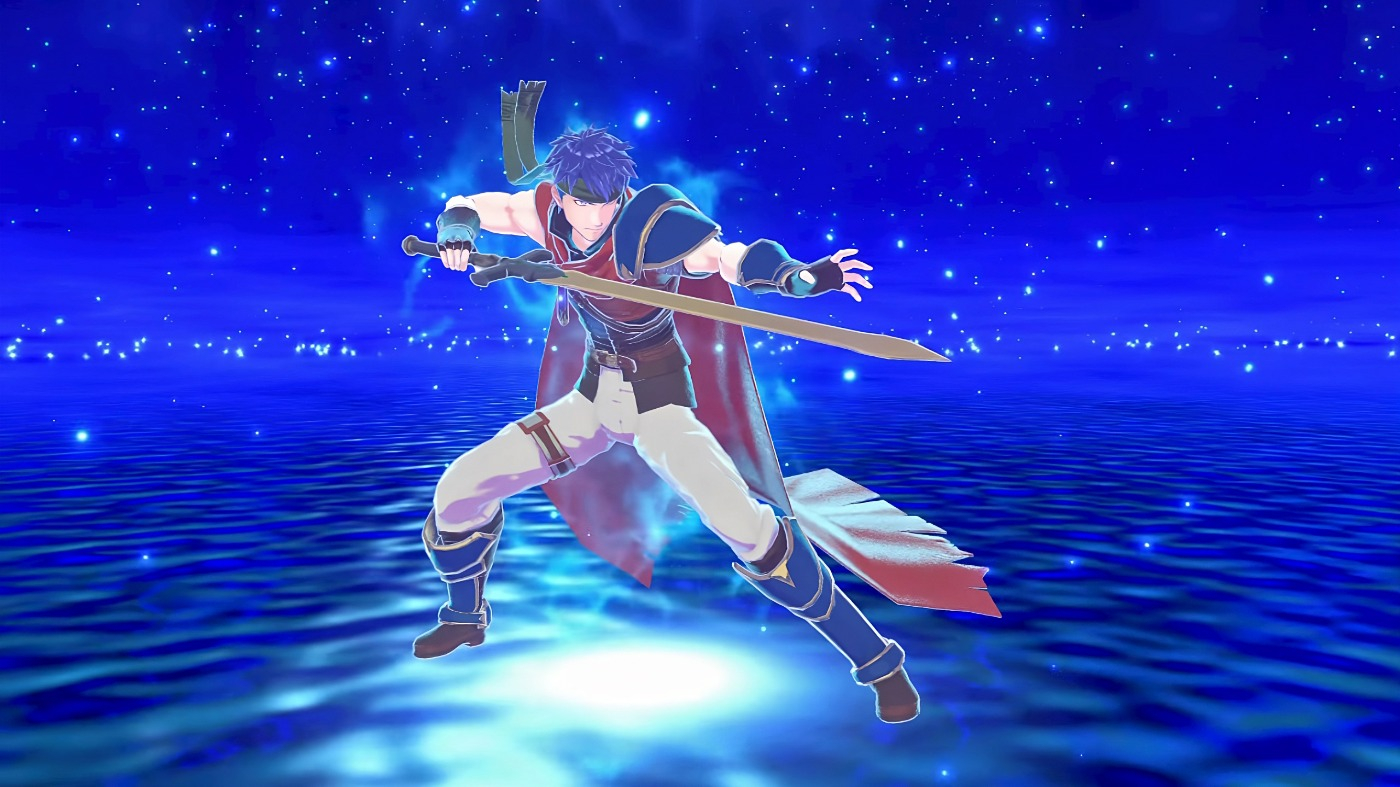
Each unit paired with an Emblem Ring can Engage in battle, assuming a more powerful fusion form between the unit and the Emblem. Not only does this boost stats, but also grants access to a skill that can be used once per Engage. These skills vary greatly from Emblem to Emblem, and have unique applications within combat. Micaiah’s Engage Skill allows you to perform a team-wide heal at the cost of her health, where Roy’s unleashes a mighty attack that sets nearby terrain on fire. While you can refill the Engage meter in battle, you’ll often only ever Engage once or twice in any given encounter, making these skills incredibly valuable.
THE CHEAPEST COPY: $65 WITH FREE DELIVERY FROM AMAZON
As characters deepen their bonds with paired Emblem Rings, you’ll gain SP to spend on inheriting the skills they provide. While these skills are always active when paired, spending SP to inherit them means that units can gain the passive benefits without being paired to that specific Emblem Ring. This incentivises moving Emblem Rings between units regularly to get the most out of your army, giving strong passive skills to units that otherwise wouldn’t have access to them.
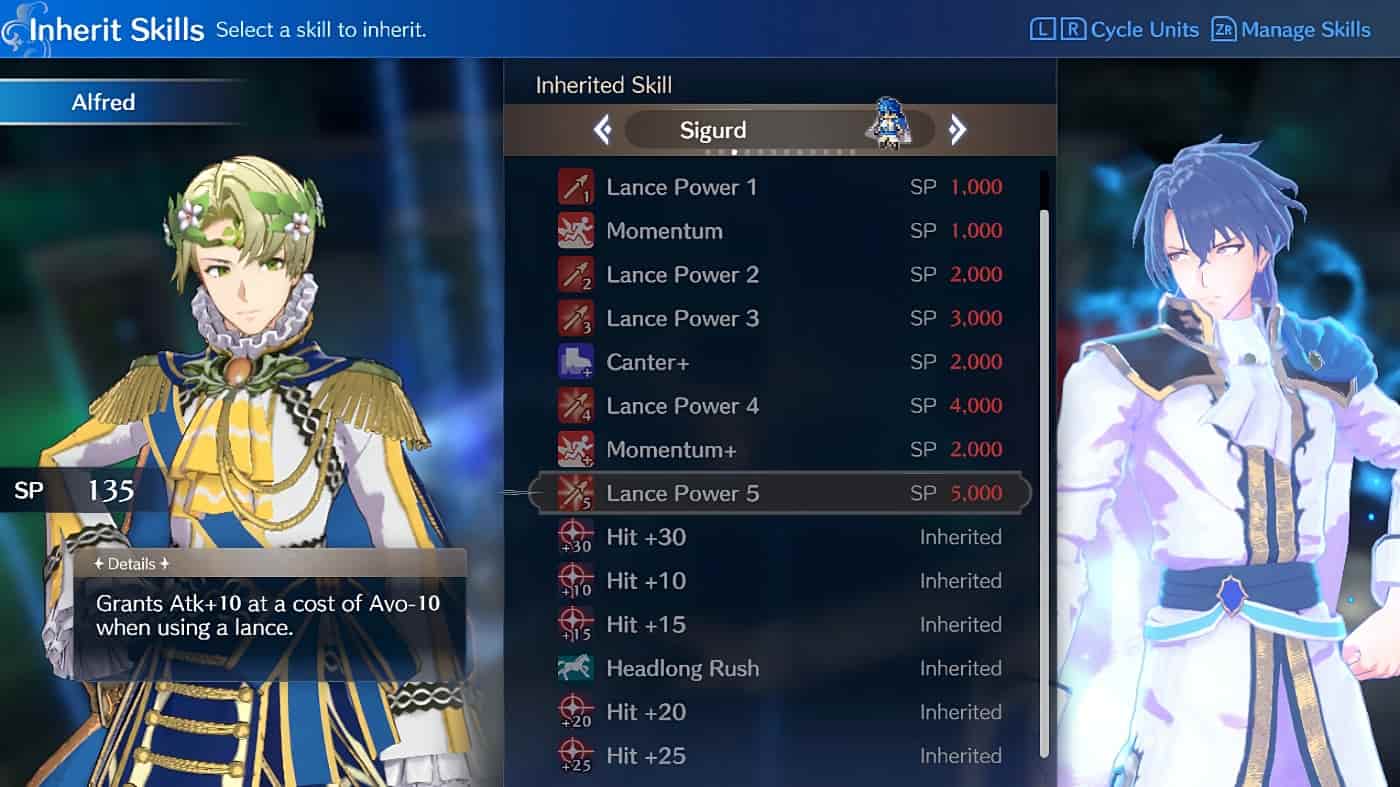
The other form of progression tied to Emblem Rings is through Bond Rings. As you complete achievements, progress through the narrative, and generally play the game, you’ll earn Bond Fragments. You can spend 100 Bond Fragments to create one random Bond Ring, or 1000 for 10 Bond Rings, each one boosting the stats of that Emblem Ring. Each Bond Ring is related to a character from that Emblem’s Fire Emblem title, and different rarities of rings grant greater stat increases. It works as a sort of gacha system that never feels so necessary as to make the RNG frustrating, but not totally useless to the point where it takes away from the thrill of creating new rings. Duplicate Bond Rings can also be melded to create higher rarity rings, so there’s a little bad luck protection in that regard.
Class progression for your units is similarly in-depth and customisable as you progress through Engage’s narrative. Unlike Three Houses, you won’t be moving through a class tree to reach the highest level of class. Once you reach level 20 on a base class, you can spend a Master Seal to move onto an advanced class, and a Secondary Seal to make any changes to another class down the track. The depth comes from the ability to expand a unit’s weapon proficiencies through Emblem Rings, allowing them to move into any class tied to those weapon types.
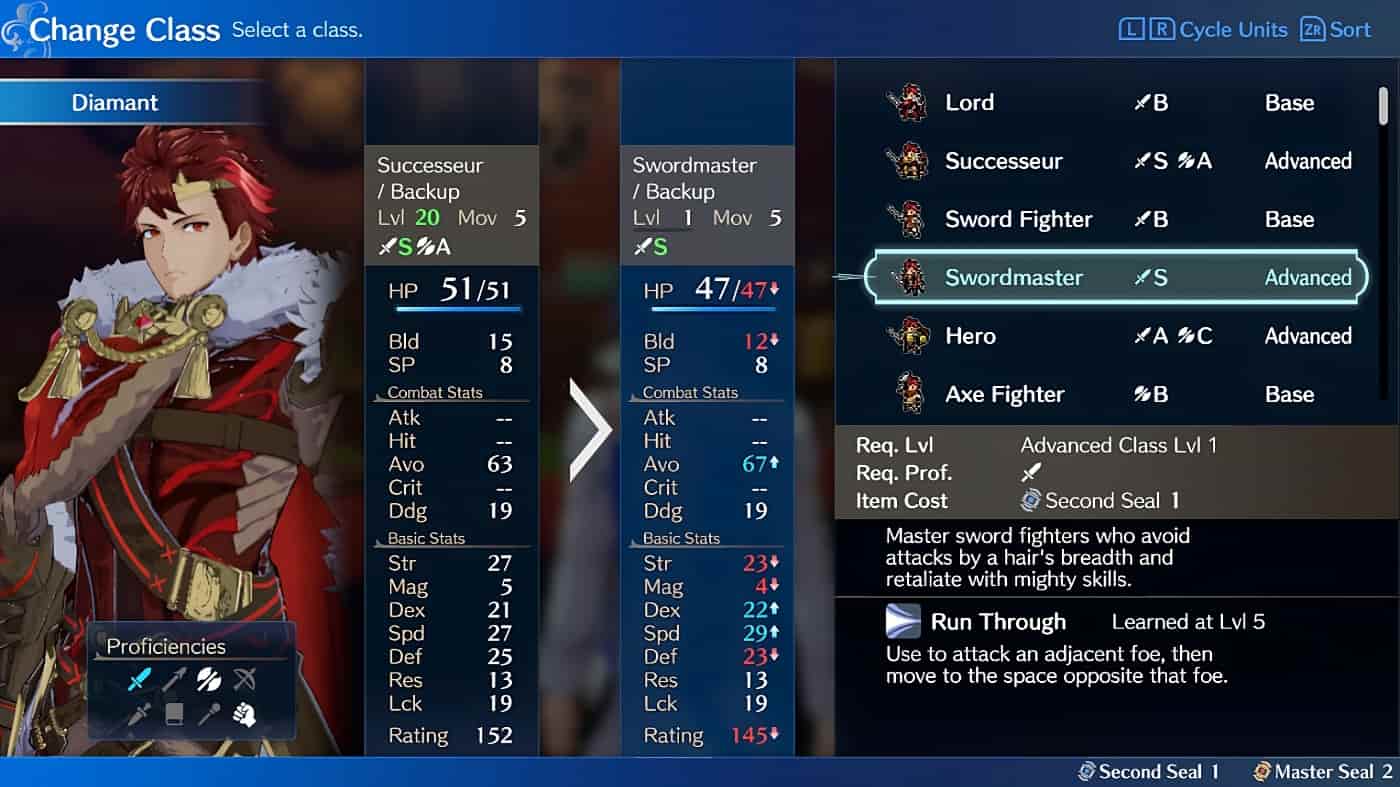
General use of Emblem Rings and the Engage system will lead to paired units gaining weapon proficiencies for that Emblem’s available weapon types, providing more incentive to regularly switch up your Emblem Ring setup. Gaining these proficiencies is what allows units to move into classes they otherwise wouldn’t be able to, which means while every unit has an inherent class path to follow by default, you can also branch out, mixing and matching intrinsic abilities to create combinations you usually wouldn’t see. It makes for class progression that seems less non-linear than what’s present in Three Houses, but eventually opens up to a similar level of customisation.
If that all sounds like a lot, that’s because it is. Fire Emblem Engage throws the kitchen sink at you in terms of systems and mechanics to interact with, and that’s without talking about the Somniel. While Engage is a return to old-school Fire Emblem in a lot of ways, the trend of social aspects in RPGs set by Persona is in full-force here. While I’m usually partial to these systems or enjoy them as much as the core strategy, Engage’s implementation of them were exhausting more than they were addictive – especially coming from Three Houses.
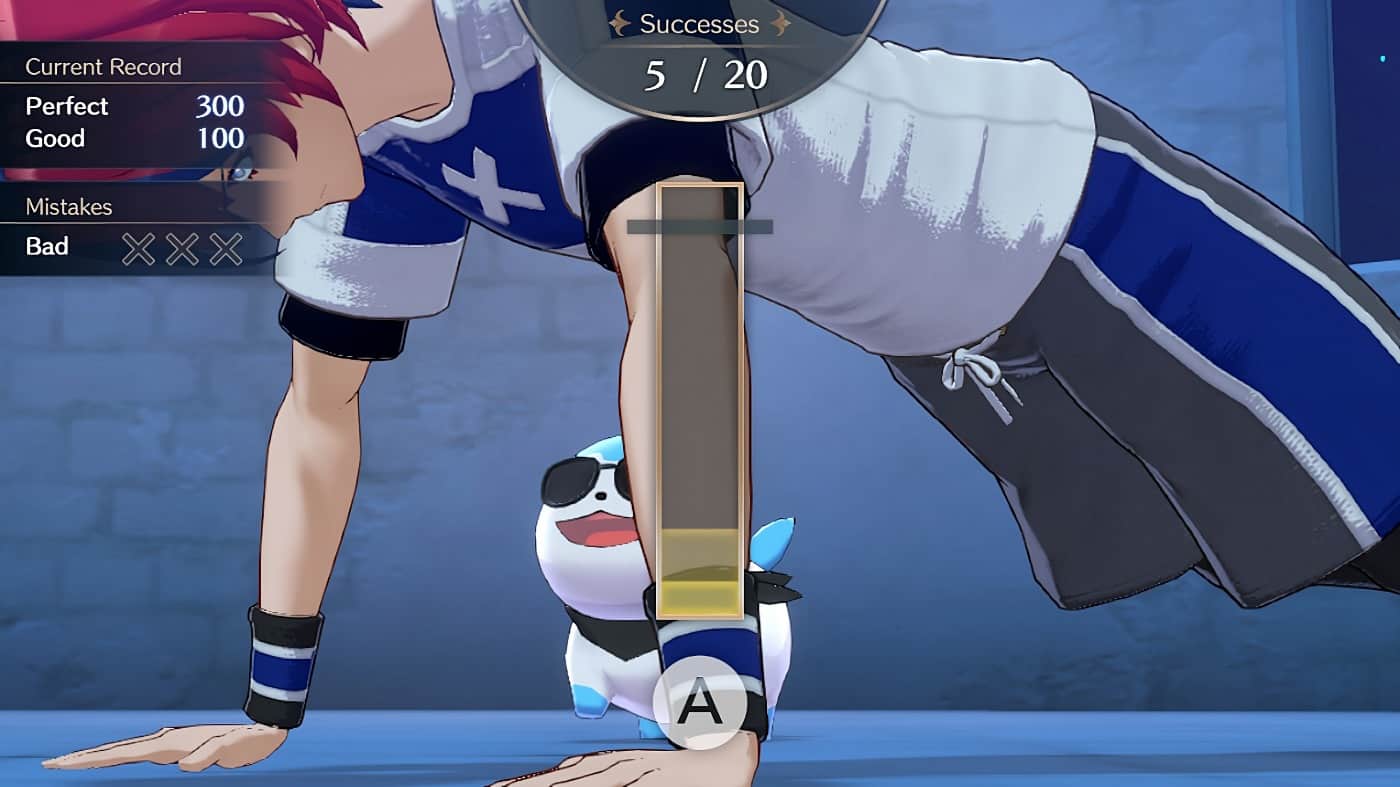
The problem is the sheer number of things you can do, and how often you can do them. While you don’t have to engage with all of them at every opportunity, I felt obligated to in order to make the most out of progression. While there’s a traditional Fire Emblem world map, the Somniel serves as a hub between skirmishes for almost everything you could possibly need in terms of progression.
You can participate in training mini-games for temporary stat boosts, partake in fishing, train units in arena battles, share meals with allies, and pick up numerous shiny items to use in cooking and crafting. While most of this stuff is fine at first, it very quickly wears out its welcome as you realise rewards for these activities refresh after every single battle, not just chapter concluding fights, but also the side skirmishes you’ll engage with for extra resources and EXP. It’s a perpetually tiring cycle that only ever lets up on one or two occasions, and I grew to dread returning to the Somniel as a result.
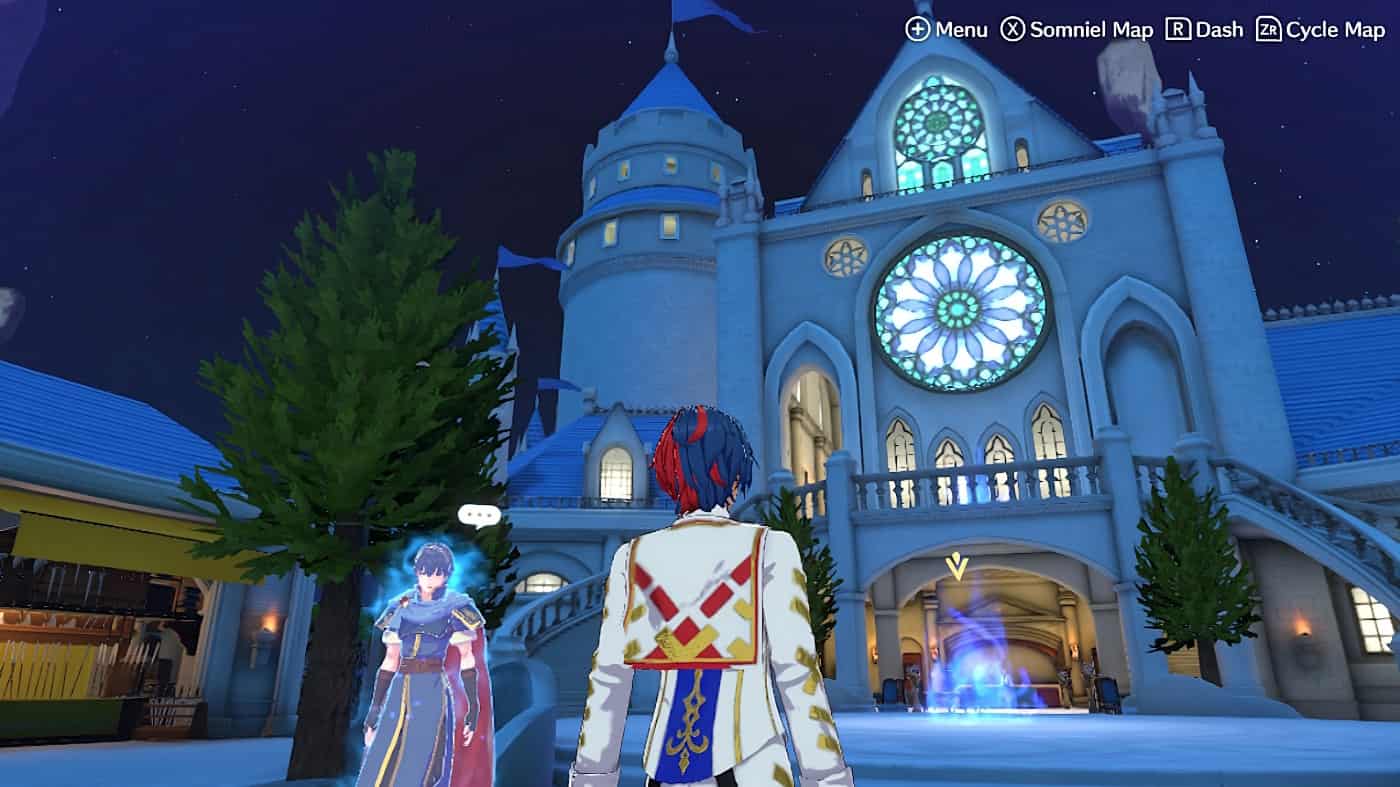
One part of the Somniel that I am quite fond of, is the Tower of Trials. The Tower of Trials is a completely optional set of trials that you can participate in to gain resources that strengthen Engage weapons. While that probably sounds entirely necessary – it really isn’t, and a lot of the Trials feel designed to be post-game content. There’s three unique Trial types to play with, though, each one bringing something different to the table.
Tempest Trials are offline only, consecutive battles where you gain rewards and EXP after clearing a set number of maps. Relay Trials serve as a sort of asynchronous multiplayer mode, where players take turns ala a relay race in order to try and clear a map. Lastly, and most interesting, are the Outrealm Trials, where you can create a map, place units, and upload that configuration for other players to challenge online. Each one has provided fun and challenging ways to engage with the Fire Emblem formula outside of the traditional single player format, and I suspect that series veterans will find a lot of value in these modes after the credits roll.

Needless to say, there’s a heap of progression systems and mechanics to interact with here across the many chapters of Fire Emblem Engage, and this unfortunately led to a relatively stress-free experience on the normal difficulty. A base level understanding of the Weapon Triangle and smart use of Engage Skills can make short work of these battles, and some units can get so overpowered towards the late game that they could probably carry your entire team to victory alone. It’s disappointing given Fire Emblem’s reputation for difficulty, and long-time fans looking for a challenge should undoubtedly play the game on hard.
When you aren’t spending time in the Somniel or progressing through the narrative, you’ll spend time on the world map, taking part in optional battles for resources and completing Paralogues, which are effectively small side stories expanding on characters. A vast majority of the Paralogues in Engage focus on the Emblems, and reliving pivotal battles from their pasts. It’s a fun way to revisit these moments or experience them for the first time, and the extra bond levels they unlock are a nice incentive to tackle each and every one of them. These are also noticeably harder than the main story, and provide a nice challenge in contrast to regular battles.
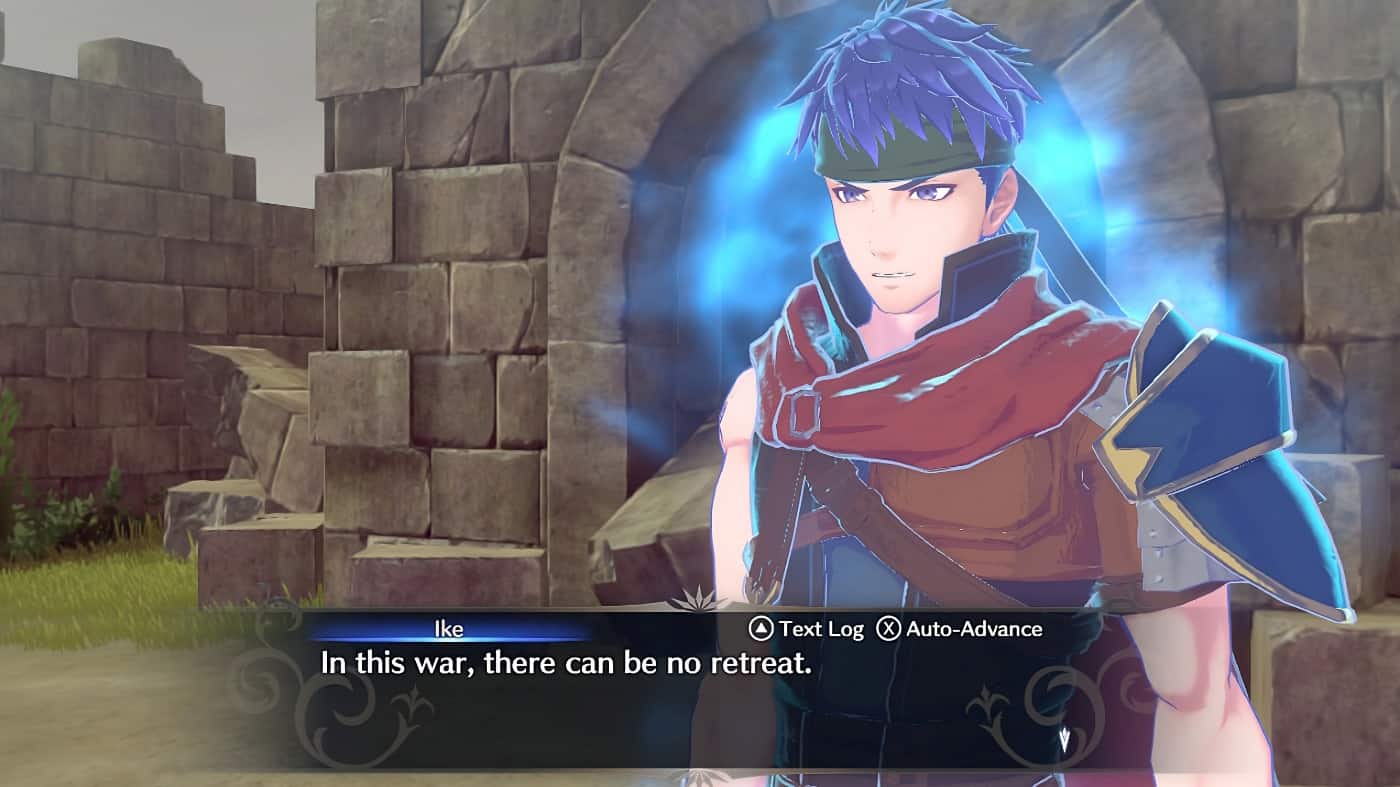
One area where Fire Emblem Engage is an undisputed improvement over Three Houses, is in its presentation. There’s a clear effort made here for deeper visual fidelity despite the Switch’s aging hardware. The pixel-ridden edges of the models in Three Houses are nowhere to be found here, with much improved battle animations and a fantastic soundtrack to boot. Performance is similarly sharp, and those glorious CG anime cutscenes return in all of their beauty.
While I don’t think Three Houses looks inherently bad, it opts for a much more gritty and muted color palette, one that runs in tandem with the narrative themes and plot beats quite nicely. Engage is similarly aligned with its own overall tone, positively bursting at the seams with color and expressive character designs that while outlandish and eye-catching, rarely reach the point of absurdity. It’s a far cry from the Fire Emblem designs of old, but I think that Engage retains all the more identity as a result. There’s also a clear effort for more inclusivity here, with characters from all walks of life, with Timerra, Fogado, and Rosado as standout examples.
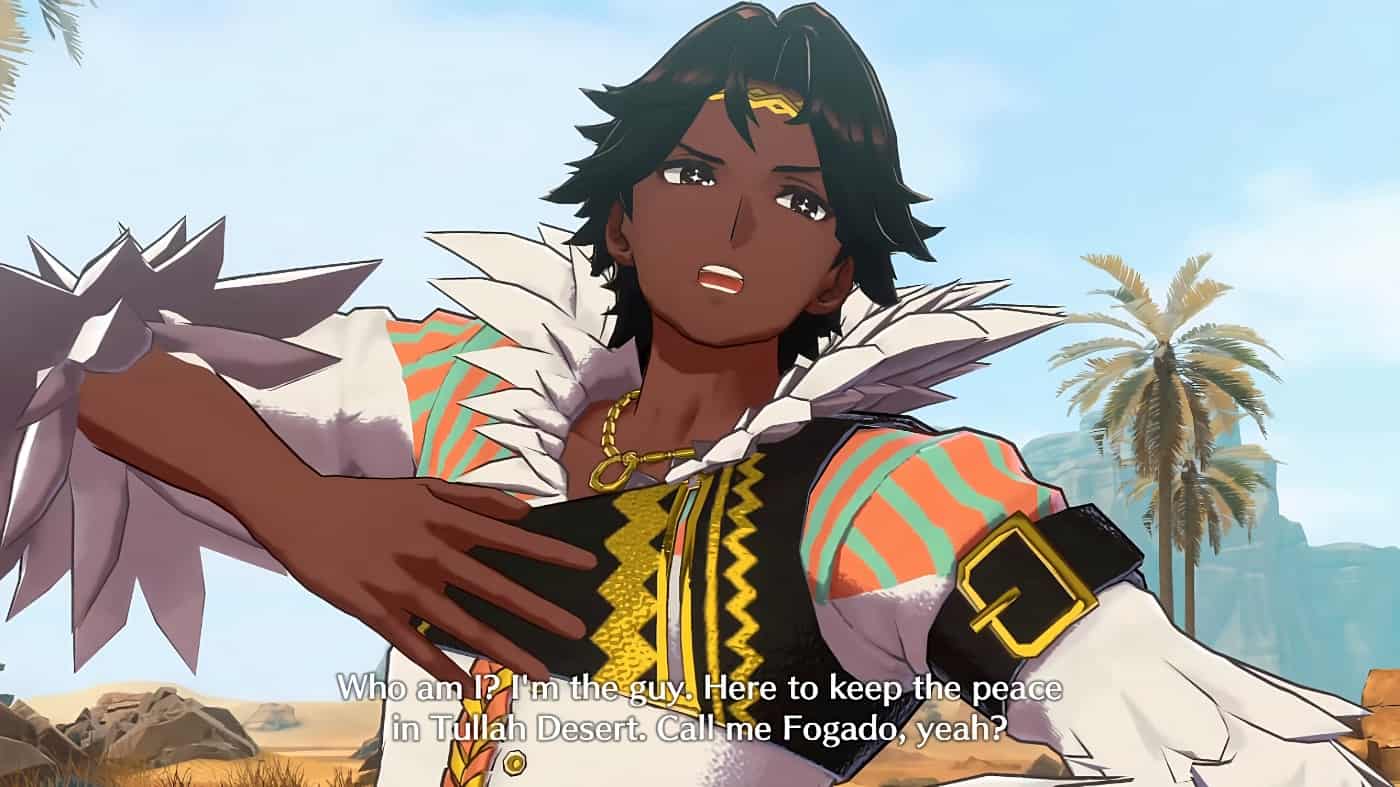
I think there’s going to be a lot of discussion over whether or not Fire Emblem Engage surpasses the lofty bar set by its predecessor, but I don’t know if that’s an entirely fair comparison. While it does pull from a number of its successes, Engage is a fundamentally different experience that’s clearly more inspired by classic Fire Emblem. It certainly doesn’t all land, but I think it does where it counts, with enticingly addictive strategy and in-depth customisation that makes for a celebration worth partaking in for fans both new, and old.


